It is well known that the third wave of coffee has led to the rise of specialty coffee. The development of specialty coffee has made people realize the importance of producing areas, coffee varieties, and processing methods. Why is the variety important? The baristas of Qianjie Coffee often share with guests that the essence of coffee is a plant, a crop, and a fruit, and the difference in varieties will directly affect the differences in coffee yield, disease resistance, and coffee taste.
Take apples as an example, green apples have a blue-green outer wrapping, a harder texture, and a higher acidity when eaten; Crystal Red Fuji has a flat or cylindrical fruit shape, a smooth fruit surface with more wax, a hard texture when eaten, plenty of juice, a fragrant flavor, and a suitable sweet and sour taste…
Such examples are everywhere in life, and so is coffee. The most representative example is the comparison between Arabica and Robusta. At the species level, coffee is mainly divided into three types: Arabica, Robusta, and Liberica. Nowadays, coffee beans worldwide mainly belong to Arabica and Robusta, and Arabica is more popular in the market because it has lower chlorogenic acid content and more delicate flavors. Robusta coffee is more resistant to diseases and insects, and has a much higher yield, but the disadvantage is that it tastes bitter and lacks delicate flavors, so it is generally used for commercial coffee that does not overly pursue flavors.
However, in the world of specialty coffee, the variety does not only refer to Arabica. Because Arabica and Robusta refer to the species level (Species), it is more necessary to distinguish the variants (variety) under the species. This is the variety we usually talk about, such as Typica, Bourbon, and Geisha.
Although it belongs to the Arabica species, different varieties result in different tastes and capacities, such as the high yield of Caturra and the delicate taste of Geisha… When it comes to varieties, Qianjie Coffee believes that two of the earliest varieties must be involved, one is Typica, and the other is the Bourbon variety that will be shared today.
The Origin of the Bourbon Variety
In the 18th century, the French introduced round coffee beans from Yemen to Reunion Island. At that time, Reunion Island still used the name of Bourbon Island, so it was named Bourbon. Subsequently, the Bourbon variety took root in Reunion Island and gradually adapted to the local growing environment. Although it was introduced very early, the Bourbon variety had not been spread until the mid-19th century.
It was not until 1860 that the Bourbon variety was introduced to Brazil, and from this point, it quickly spread to various countries in Central and South America. These countries still grow and produce Bourbon variety coffee beans.From the perspective of variety relationship, Typica and Bourbon are closely related, but even so, Bourbon will have more upright branches in terms of tree shape.
Differences in the colors of the Bourbon variety
When it comes to the Bourbon variety, many of you have heard about the differences in its colors, such as Red Bourbon, Yellow Bourbon, and Pink Bourbon.
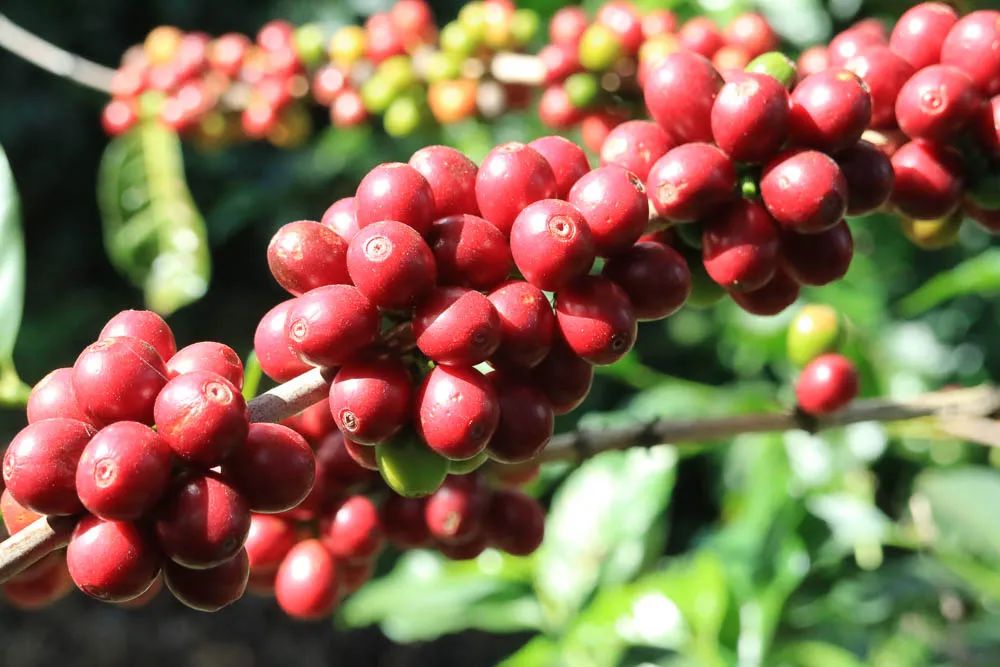
Red Bourbon is perhaps the most common type. Generally, the coffee fruit will gradually ripen from unripe green to a slight yellow, then to orange. The best time to pick is when the coffee fruit shows a red color, and finally, it will turn into a dark purple when overripe.
Trained pickers will know when to pick the coffee fruit - by observing the color of the coffee fruit to pick the best coffee of the day. Unripe coffee fruit, that is, the coffee beans have not accumulated enough nutrients, naturally cannot develop a delicate flavor, and overripe coffee fruit is also prone to over-fermentation. A Yirgacheffe coffee from Qianjie Coffee comes from the Red Cherry Project, which aims to increase the income of farmers and the quality of coffee beans by buying coffee fruits that are fully red-picked at a higher price, achieving a win-win situation.
Getting back to the point, the reason why Red Bourbon is so named is because the fruit appears red. The same goes for Yellow Bourbon and Pink Bourbon. Yellow Bourbon is generally believed to be a cross between the Red Bourbon variety and other varieties. When it matures, the fruit will appear yellow. It was first discovered in Brazil, and Brazil is also the main producer of Yellow Bourbon. In addition to the yellow color of the fruit, Yellow Bourbon also has relatively low yields and is not resistant to the wind and rain, so it is not widely planted.
Pink Bourbon is even rarer. Pink Bourbon is a hybrid of Red Bourbon and Yellow Bourbon, and the rare reason is that the pink shape of the fruit is determined by recessive genes, which are very vulnerable to interference, so it is difficult to maintain the pink appearance of the fruit.
To look for the taste of Bourbon coffee, Qianjie Coffee believes that we should start with Brazil. Although the Bourbon has been spread to many coffee-producing countries in Central and South America, the disadvantages of Bourbon determine its fate of being replaced. Both Bourbon and Typica, the two oldest Arabica varieties, have very low disease and pest resistance and low yields. The only advantage may be its excellent cup flavor, so many countries in Central and South America will grow more natural variants of Bourbon - Caturra, and other more disease-resistant and higher-yielding varieties.
At the same time, Qianjie Coffee believes that Brazil, as the first stop of the Bourbon variety in Central and South America, may be more representative of the Bourbon variety in Brazil. Note that what Qianjie Coffee wants to express is more representative rather than the best. The most recommended Brazilian coffee bean from Qianjie Coffee in recent years is the Yellow Bourbon variety, which is produced in the Queen's farm in the Mojiana region and treated with natural sunlight. We can taste obvious nutty notes, cream, etc.
In addition to the Yellow Bourbon from Queen's Manor, Qianjie Coffee also has a Red Bourbon coffee bean from the Nanminaas region, which is processed by half-sunlight. This coffee has a nutty and chocolate flavor, with a caramel aftertaste.
Comparing the two Brazilian Bourbon coffees, it is not difficult to find that the keynote of the Bourbon variety may be dominated by nuts, etc., and the obvious sweetness is also very pleasant.

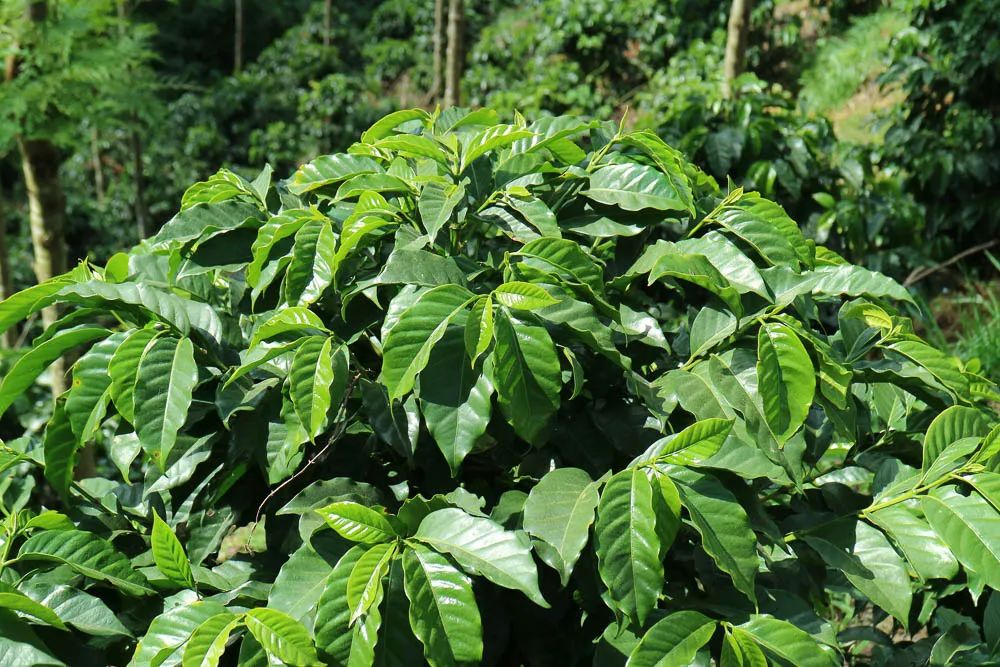
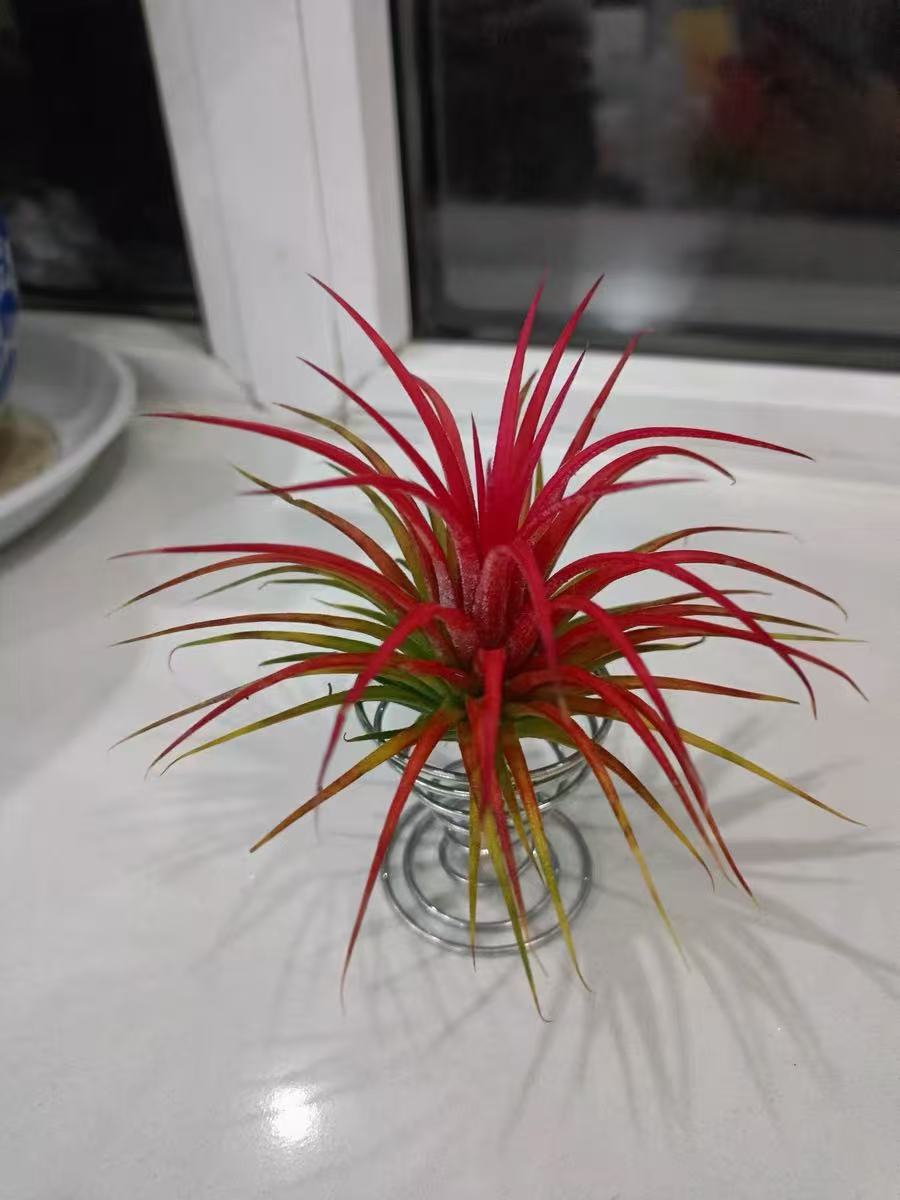
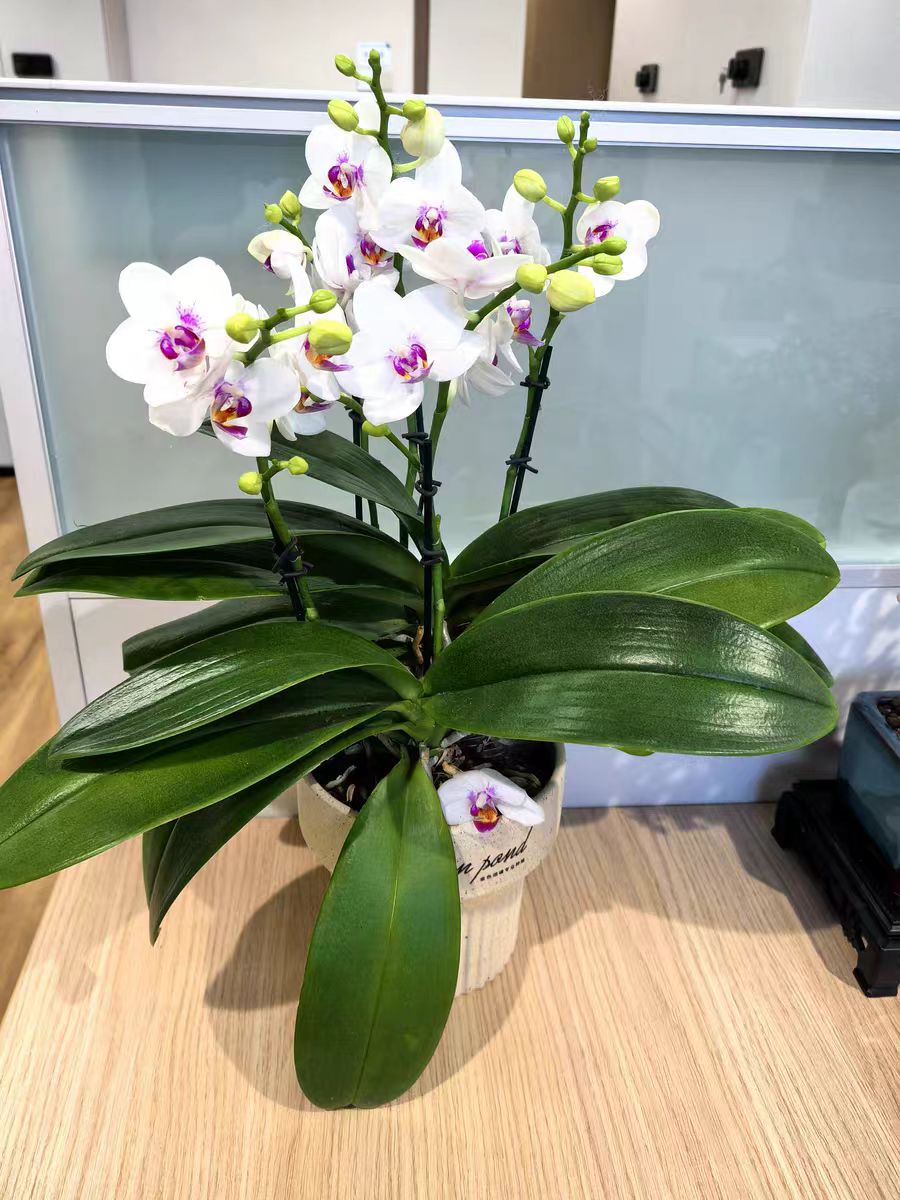
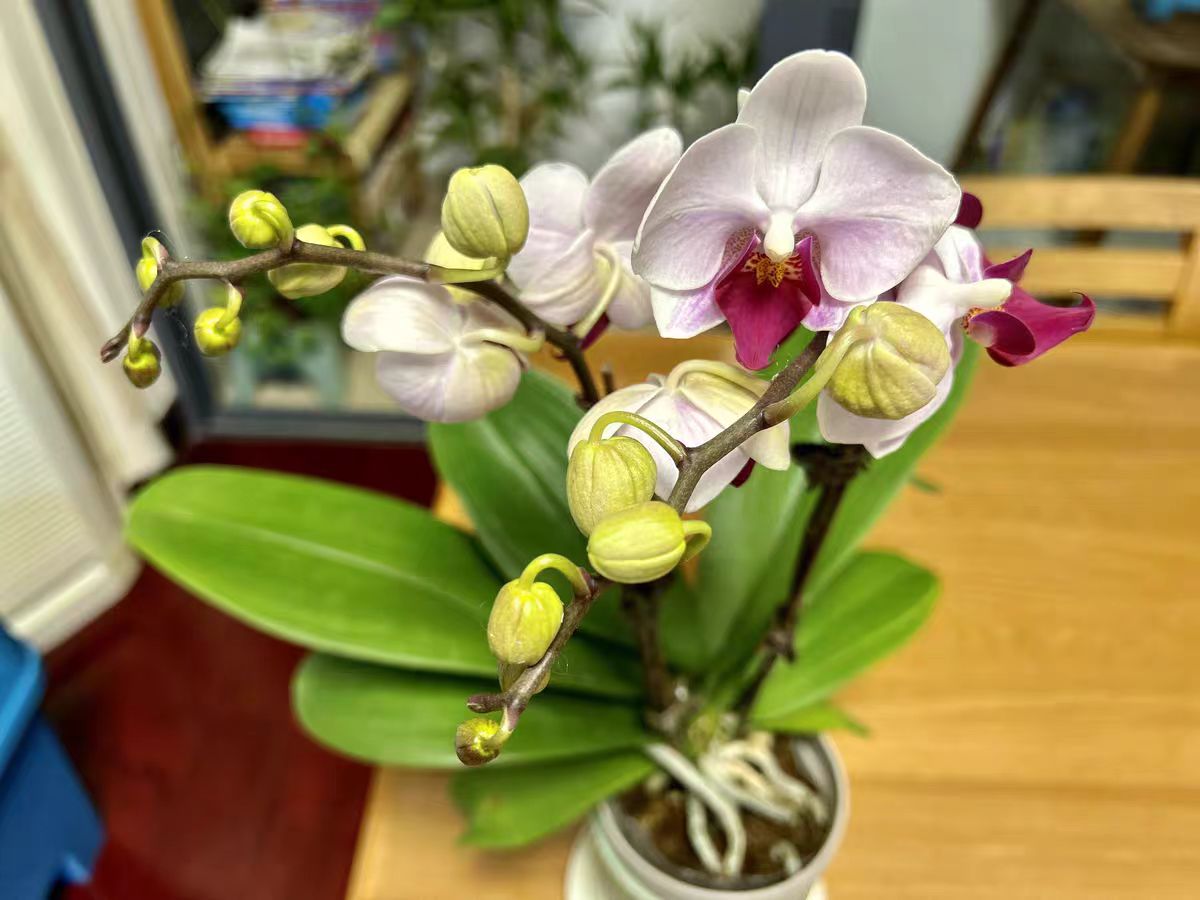
Leave a Reply